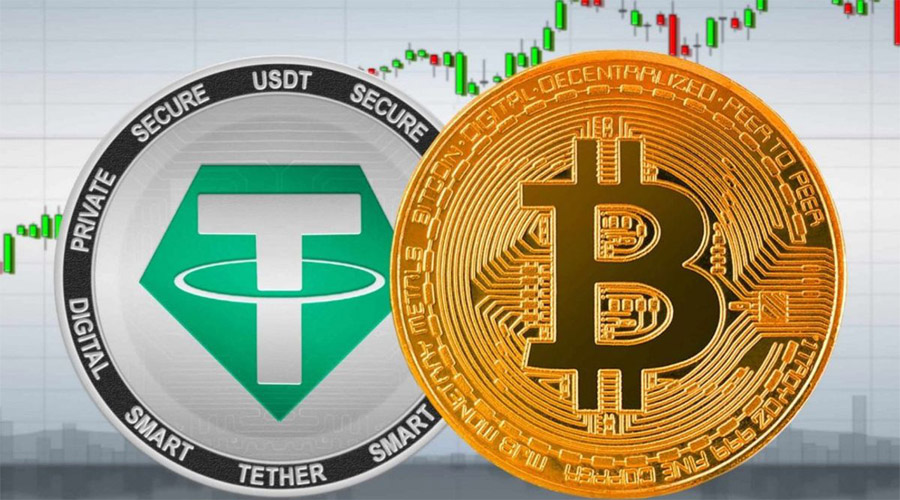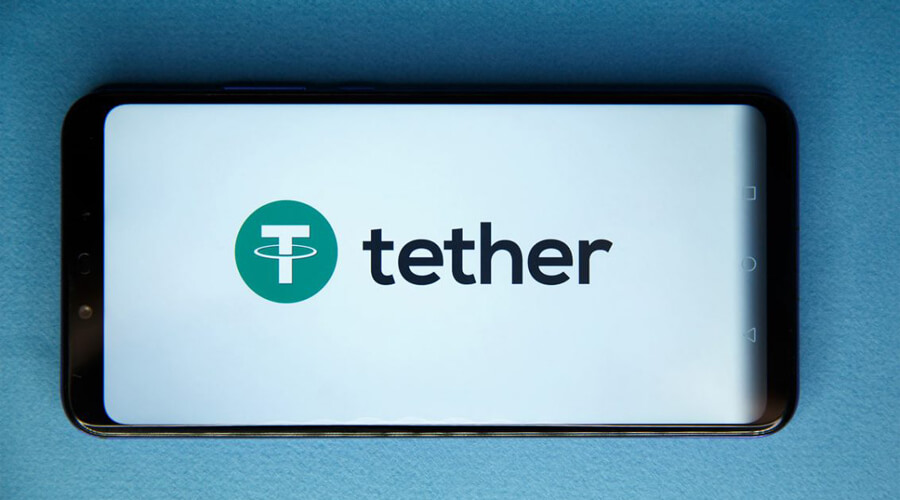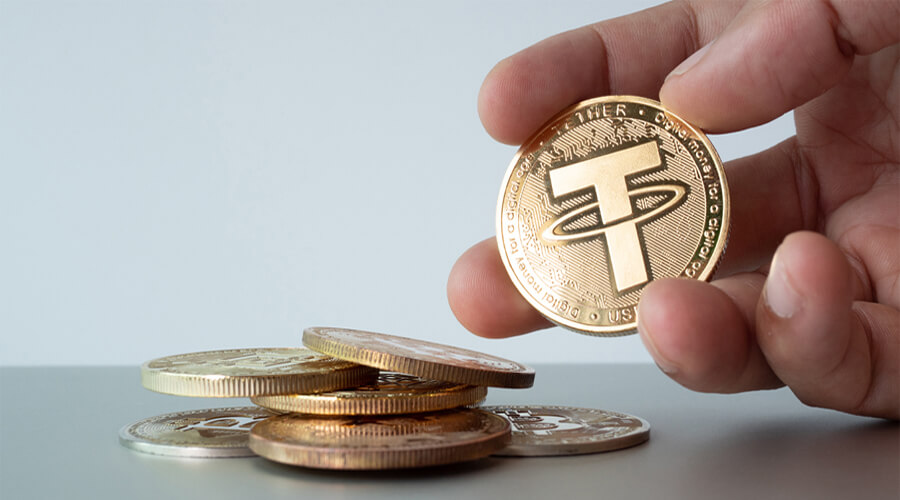Tether (USDT) is one of the most well-known stablecoins in the cryptocurrency space. It has gained widespread popularity for its ability to maintain a stable value, closely pegged to the US dollar. But how does Tether, a cryptocurrency that aims to be equivalent in value to a fiat currency, actually make money? To understand this, let’s explore the mechanisms behind Tether’s revenue generation.
Understanding Stablecoins
Stablecoins are a category of cryptocurrencies designed to minimize price volatility by pegging their value to a stable asset, such as a fiat currency (e.g., USD), a commodity (e.g., gold), or a basket of assets. Tether is a fiat-collateralized stablecoin, meaning it is backed by reserves of real-world assets, primarily US dollars, held in a bank account.
The Tether Business Model
Tether Limited, the company behind Tether, operates on a relatively straightforward business model:
- Reserves and Collateralization
The foundation of Tether’s business model is its reserves. To issue USDT tokens, Tether Limited holds a corresponding amount of US dollars (and sometimes other assets) in its bank accounts. For every USDT token in circulation, there should theoretically be an equivalent amount of US dollars held in reserve. These reserves serve as collateral and are meant to ensure that Tether tokens maintain a 1:1 peg with the US dollar.
- Token Issuance
Tether Limited generates revenue by issuing USDT tokens. When individuals or institutions purchase USDT, they essentially exchange their fiat currency (e.g., USD) for an equivalent amount of USDT. Tether Limited profits from the fees associated with these transactions. These fees are typically minimal compared to the potential savings users gain from using stablecoins for international transfers or trading on cryptocurrency exchanges.
- Interest Income
The reserves held by Tether Limited generate interest income. These funds are often deposited in interest-bearing accounts or invested in low-risk, income-generating assets. The interest earned from these investments contributes to Tether Limited’s revenue stream.
- Other Revenue Streams
Tether Limited may explore various ways to diversify its revenue sources. This could include offering additional services, partnerships with financial institutions, or exploring innovative financial products within the cryptocurrency space. However, as of my last knowledge update in September 2021, the primary sources of revenue were issuance fees and interest income.
Controversies and Transparency
Tether has faced controversies and criticisms regarding its reserve holdings and transparency. Concerns have been raised about whether Tether Limited holds sufficient reserves to back the total supply of USDT. In response to these concerns, Tether has taken steps to improve transparency. For example, they have published periodic attestations from third-party firms to verify their reserve holdings.
However, the stablecoin industry, including Tether, remains subject to regulatory scrutiny and evolving legal frameworks, which could impact its operations and revenue model in the future.
Conclusion
Tether, like other stablecoins, primarily generates revenue through the issuance of tokens and interest income from its reserves. It plays a crucial role in the cryptocurrency ecosystem by providing a stable medium of exchange and a bridge between traditional finance and the digital asset space.
As the cryptocurrency industry continues to evolve, stablecoins like Tether will likely adapt and explore new revenue streams while navigating regulatory challenges. Transparency and maintaining full backing of reserves will remain critical factors in maintaining trust among users and market participants.



